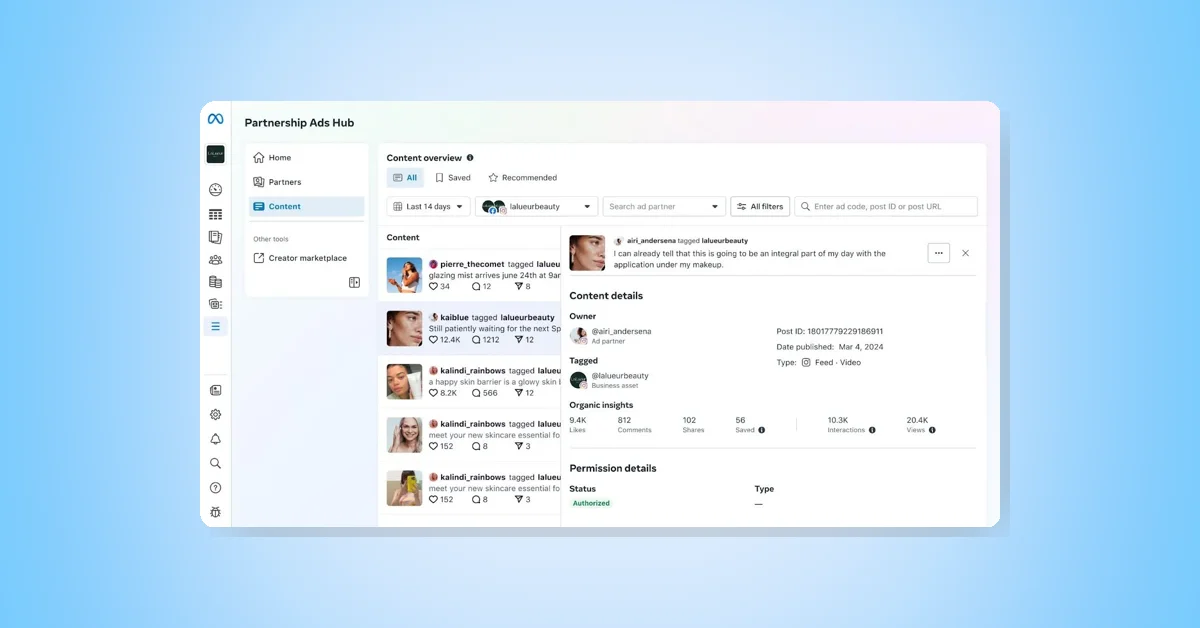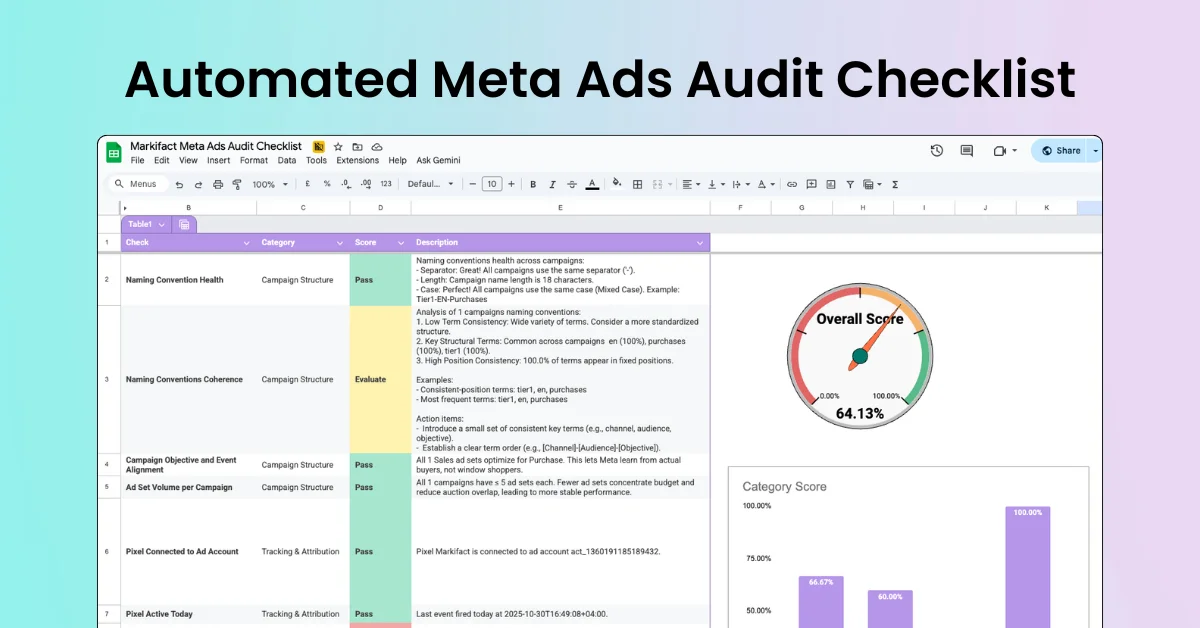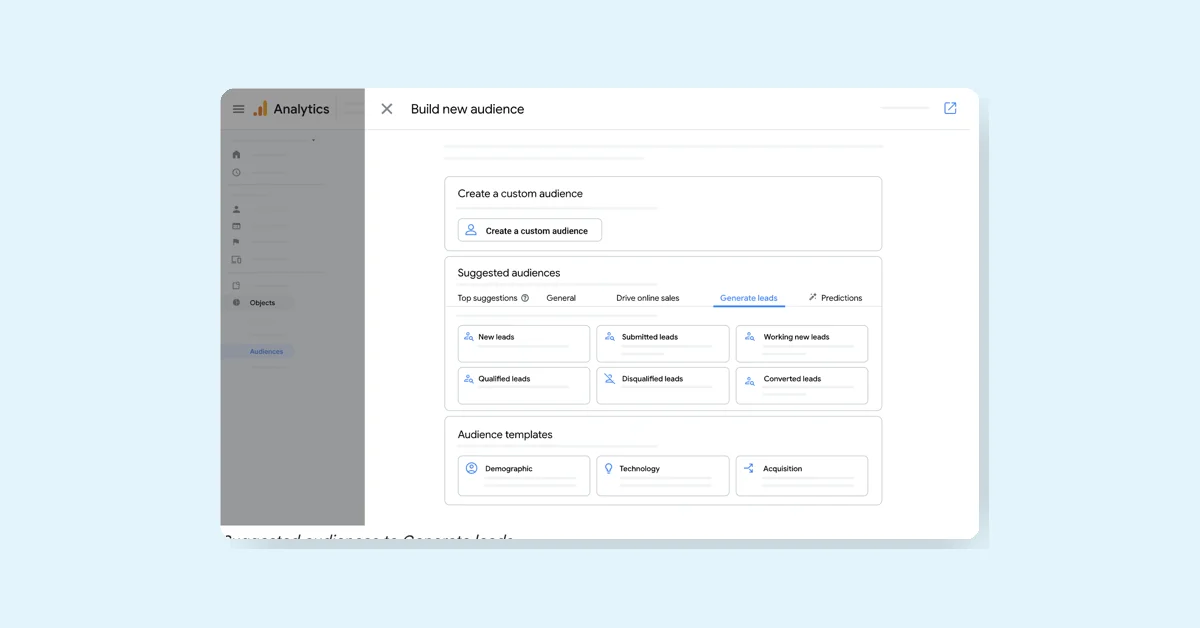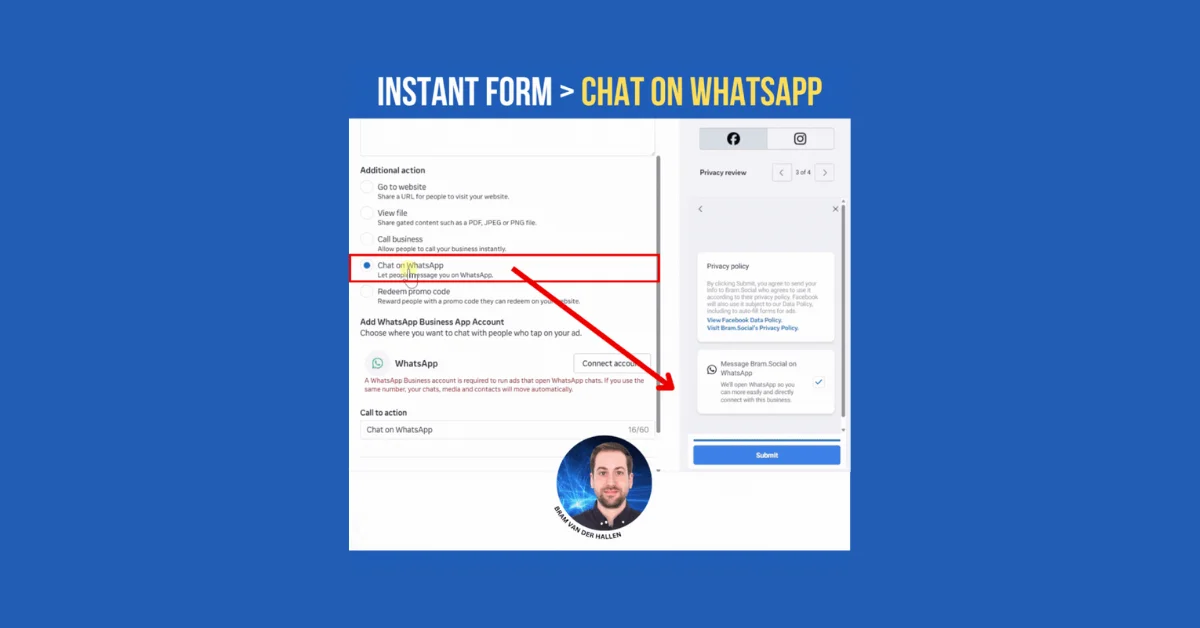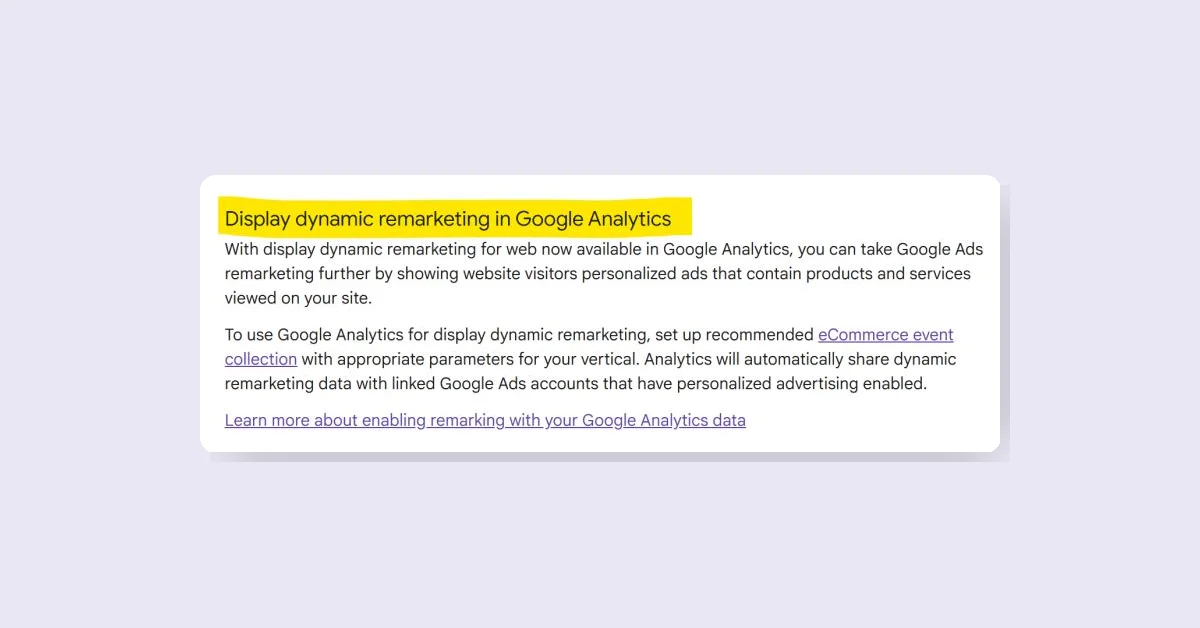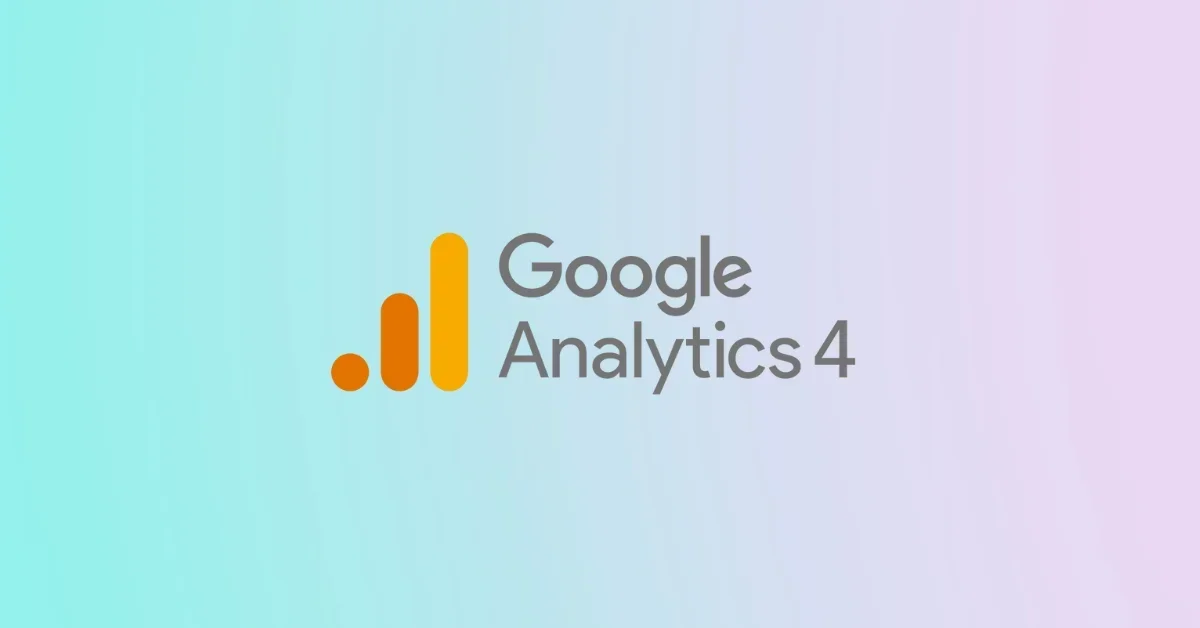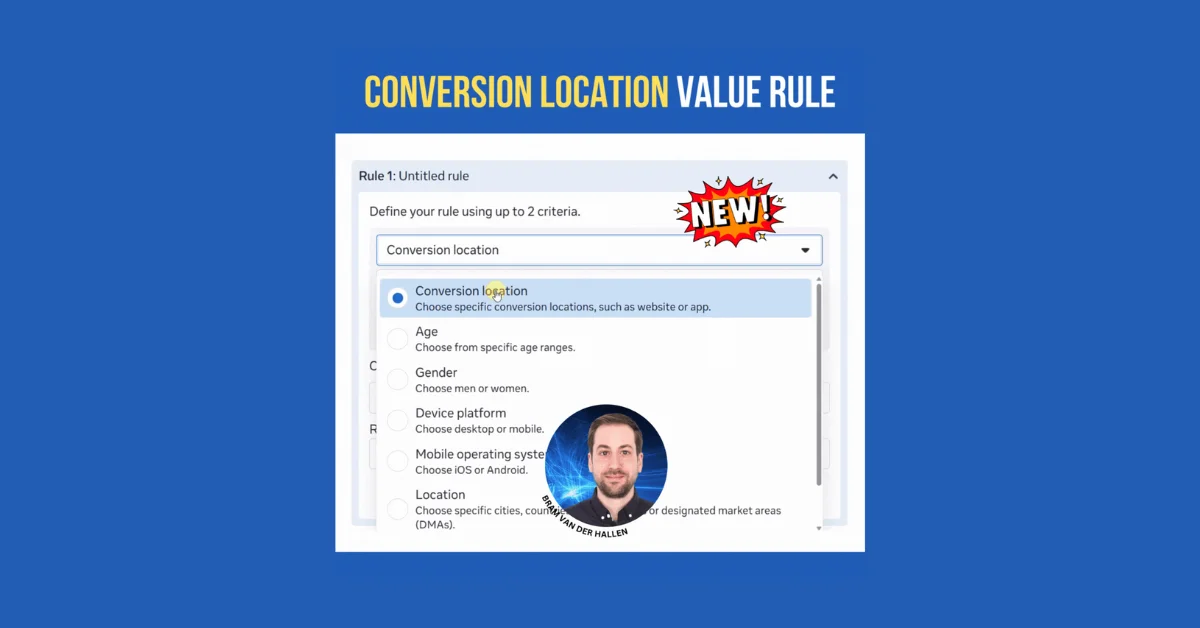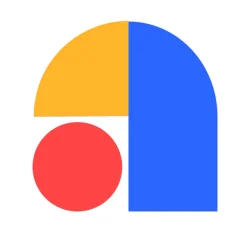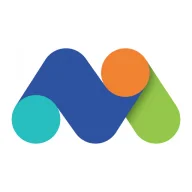Meta has announced significant updates to its advertising platform, aiming to deliver more customized results for businesses through AI-enabled automation and integration with external analytics tools. Here's a detailed look at each major update:
1. Conversion Value Rules
Meta plans to expand testing of a new feature called Conversion Value Rules. This tool allows advertisers to express which audiences or conversions they value more or less, enabling more nuanced campaign optimization.
Key benefits:
- Advertisers can assign higher value to specific customer segments without creating separate campaigns.
- Enables greater automation and potentially improved performance.
- Particularly useful for businesses with varying customer lifetime values.
Example: An advertiser can set a 30% higher bid for customer segments with higher lifetime value, all within a single campaign.
2. Incremental Conversion Attribution
A new opt-in attribution setting is being introduced, focusing on optimizing for and reporting on incremental conversions.
Details:
- Incremental conversions are those believed to occur directly because of ad exposure.
- Contrasts with volume-based optimization, which focuses on total attributed conversions.
- Early tests showed an average improvement of over 20% in incremental conversions.
This feature aims to shift ad delivery towards driving more incremental conversions, potentially increasing the overall effectiveness of ad spend.
3. Third-Party Analytics Integration
Meta is introducing API connections with external analytics tools, starting with Google Analytics and Northbeam, with plans to include Triple Whale and Adobe.
How it works:
- Businesses can connect their analytics tools directly to Meta's ad system through a simple API setup.
- Allows sharing of aggregated campaign information, such as conversion attribution across different channels.
- Meta's AI models will use this data to fine-tune campaign optimization.
Rollout status:
- The Meta Google Analytics integration has already started rolling out to some advertisers.
- Meta expects to launch this integration for all advertisers by 2025.
Expected outcome: Improvements in the overall value of conversions delivered by better understanding cross-channel performance.
This phased rollout approach allows Meta to refine the integration based on initial user feedback and ensure a smooth implementation for all advertisers by 2025. The extended timeline also gives advertisers ample opportunity to prepare for this significant change in campaign optimization and measurement.
4. Improved Cross-Publisher Optimization
Using insights from integrated analytics tools, Meta is updating its ads system to consider more of the cross-publisher customer journey.
Impact:
- Advertisers may see improvements in Meta-attributed conversions within their third-party analytics tools.
- Early tests showed a 30% average increase in Meta-attributed conversions as measured by third-party tools.
- Note: CPMs may increase as a result of this change.
Initial rollout: This update is starting with campaigns optimizing for conversion volume or value under the sales objective, with plans to expand to other objectives soon.
5. Expanded Optimization Options
Meta plans to support new definitions of value for optimization, such as profit or predicted lifetime value.
This expansion gives businesses more flexibility in defining their campaign goals and allows Meta's system to align more closely with diverse business objectives.
Meta emphasizes the importance of using various measurement tools, including cross-platform analytics, Conversion Lift, and Ads Manager results, to consistently gauge and adjust performance.
These updates are part of Meta's ongoing strategy to enhance its advertising ecosystem with AI-driven, data-informed optimizations, with rollouts planned to continue into 2025.


